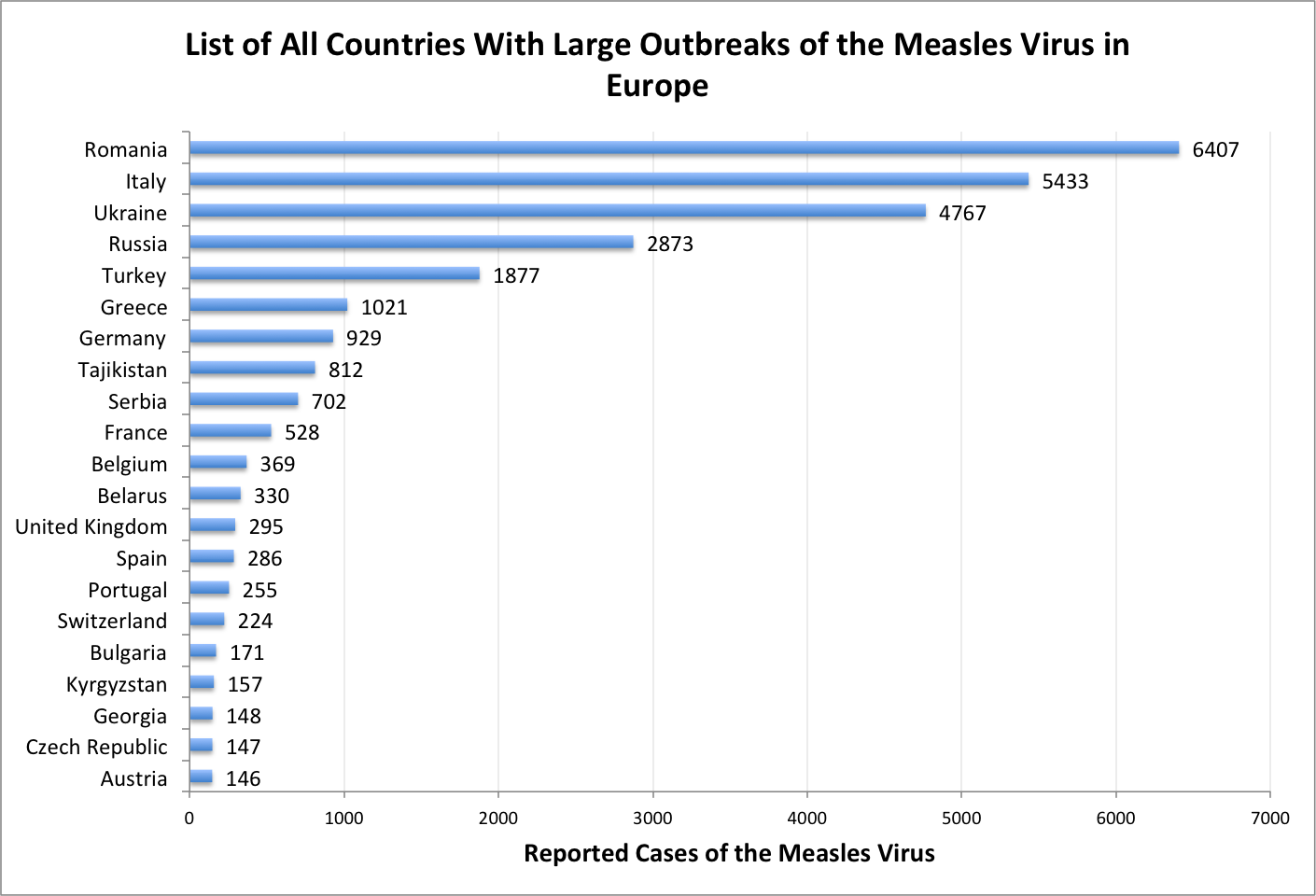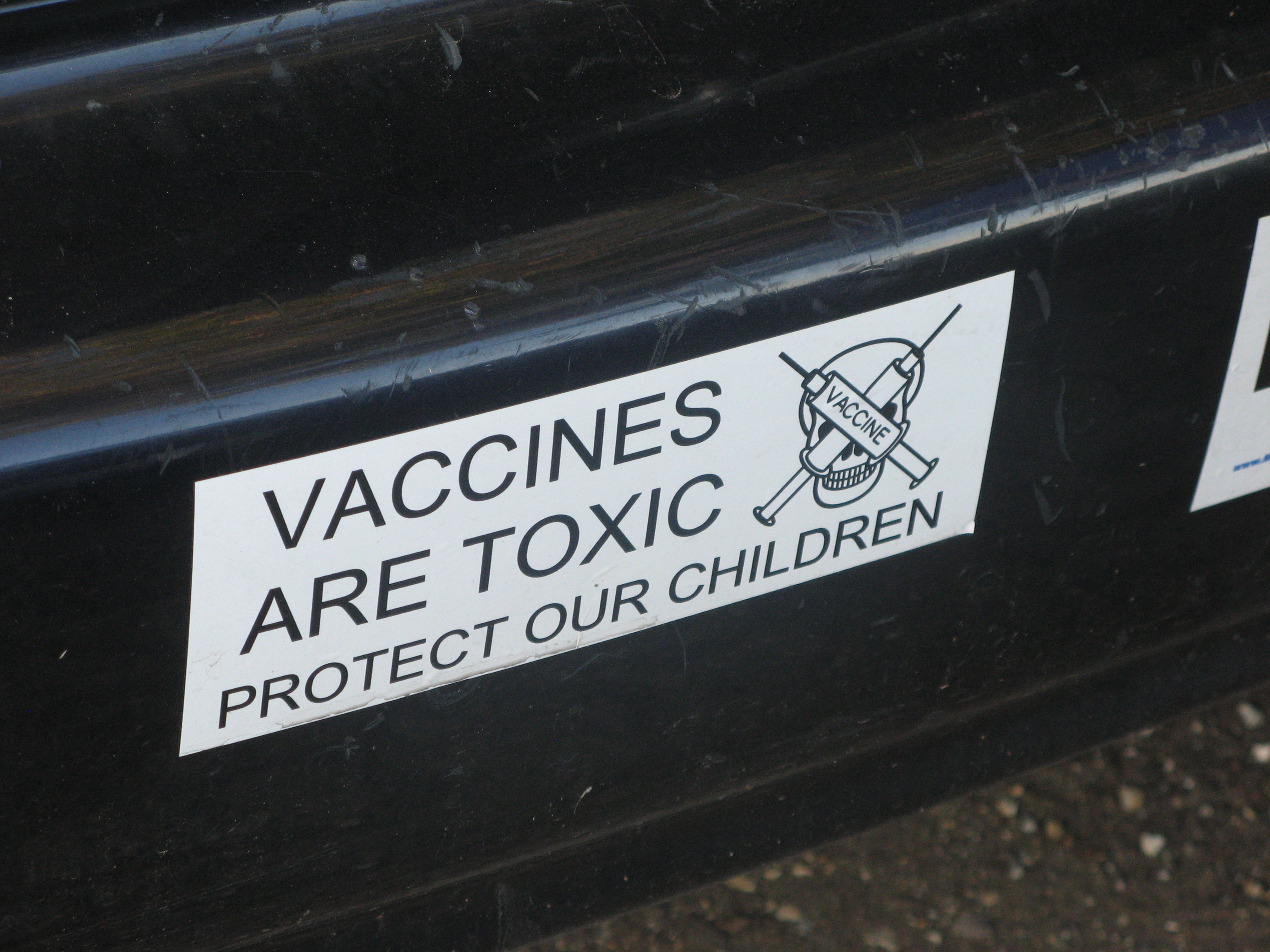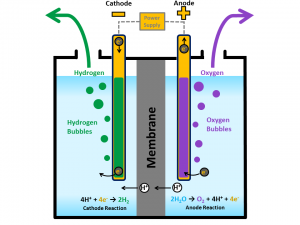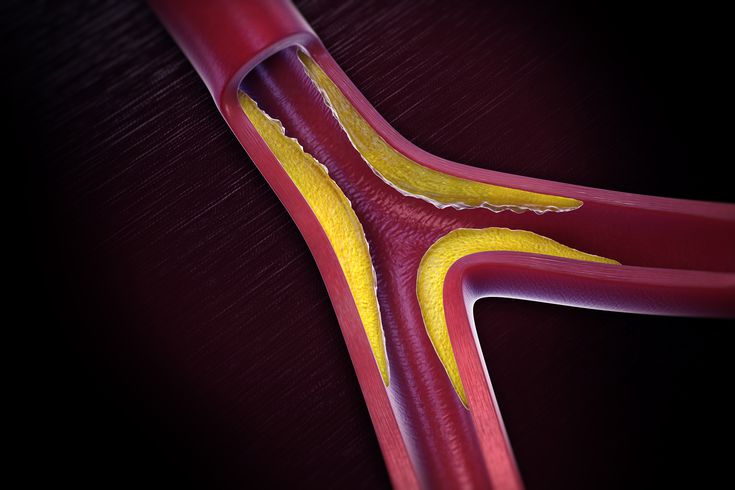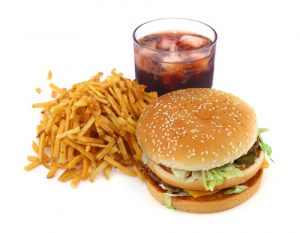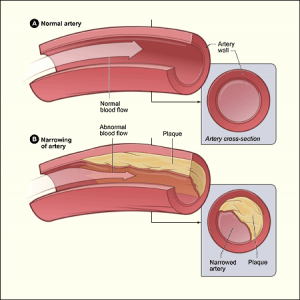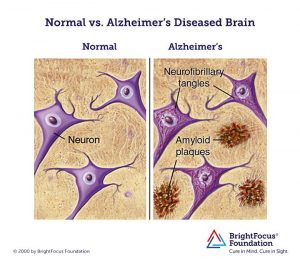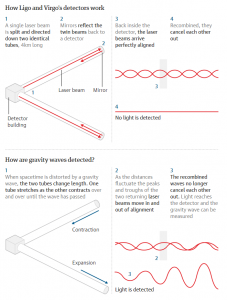
Figure 1. Studying student. Image courtesy of: Skokie Public Library on Flickr
Round two of midterm exams is approaching fast and before you know it, it is final exam season. This can cause a lot of stress for students, so how can you increase your marks before the end of the school year? Researchers have found that practice testing as a learning strategy can protect your memory from the negative effects of stress.
No matter how many exams a student has written in their life, they can still get stressed hours before writing an exam. When you are stressed, it is difficult to retrieve information from your memory because your body is preparing for a flight or fight response. The best way to prevent stress from affecting your memory is to study effectively.
Most students tend to study by re-reading the textbook and re-writing notes; this is known as study practice. Another method of studying involves taking practice tests to study for an exam; this is known as retrieval practice.
In 2016, researchers at Tuft University conducted an experiment with 120 students comparing the learning strategies of retrieval practice versus study practice. Participants were asked to learn 30 nouns presented as words and 30 nouns presented as images. This was done using a computer program which displayed an item for a few seconds. Then participants typed a sentence including the item displayed to simulate note taking.
Half of the participants were put into the study practice group and the other half in the retrieval study group. The participants learning by study practice had the items re-displayed multiple times on the computer. The participants learning by retrieval practice took timed practice tests where they had to recall as many items as possible.
For both learning strategies there were non-stressed and stressed participants. Half of the participants from each learning strategy were put under stress conditions and the other half in non-stress conditions. Stress conditions were created by having participants give a speech or solve difficult math problems in front of a group 24 hours after studying.
The memory test for stressed participants was taken during the stressful task to accurately represent the feelings of most students before a test. The non-stressed group took the memory test during a non-stressful task. The participants were asked to accurately recall as many items possible.
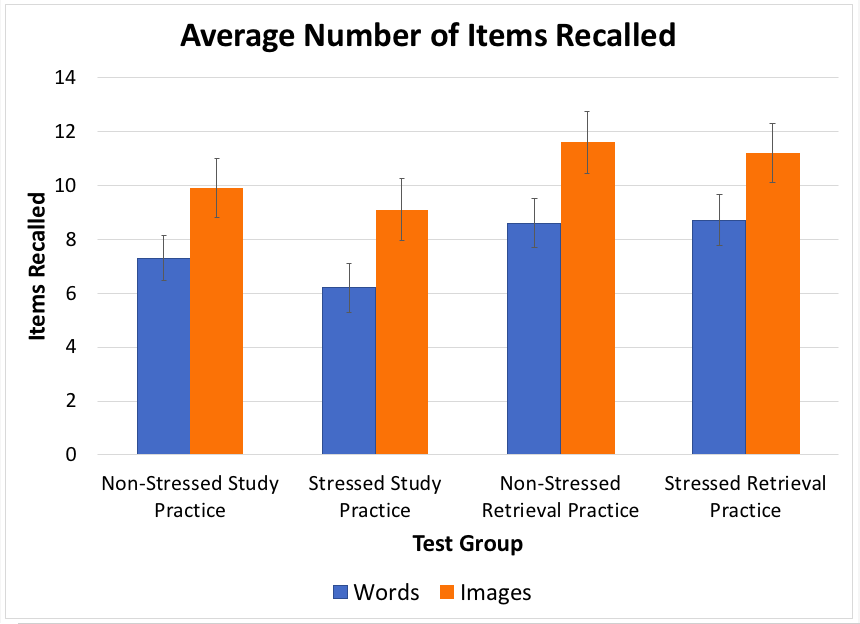
Figure 2. Average number of words and images accurately recalled immediately after stress.
As seen in Fig. 2, retrieval practice is the best way of studying because participants in stressful situations recalled the same number of items as participants in non-stressful situations. With this learning strategy, stress had little to no effect on the number of items recalled. The stressed retrieval practice group also recalled more items than the non-stressed study practice group.
Why is retrieval practice effective? The learning strategy forces you to recall information repeatedly and this helps strengthen long-term memory retention. So, for your upcoming exam, try studying through retrieval practice to handle the stress and ace your exam!
Want to know more about retrieval practice? Check out the video above!
– Sara Djondovic
References
- Agarwal, P. K. [Retrieval Practice]. (2017). Retrieval Practice Overview. Retrieved February 25, 2018 from https://www.youtube.com/watch?v=ZO8abw3DHxs&feature=youtu.be.
- Agarwal, P. K. Retrieve!. Retrieval Practice. Retrieved February 25, 2018 from https://www.retrievalpractice.org.
- McLeod, S. A. (2010). Long-term memory. Retrieved February 25, 2018 from www.simplypsychology.org/long-term-memory.html.
- N.A. (n.d.). The fight or flight response: Our body’s response to stress. Young Diggers. Retrieved February 25, 2018 from http://www.youngdiggers.com.au/fight-or-flight.
- Segal, J., Smith, M., Segal, R., Robinson, L. (2018). Stress Symptoms, Signs, and Causes. HELPGUIDE.ORG. Retrieved February 25, 2018 from https://www.helpguide.org/articles/stress/stress-symptoms-signs-and-causes.htm.
- Smith, A. M., Floerke, V. A., Thomas, A. K. (2016). Retrieval practice protects memory against acute stress. Science, 354(6315), 1046-1048. http://science.sciencemag.org/content/354/6315/1046.
- Tufts University. (2016). Practice testing protects memory against stress. ScienceDaily. Retrieved February 24, 2018 from www.sciencedaily.com/releases/2016/11/161124160426.htm.


